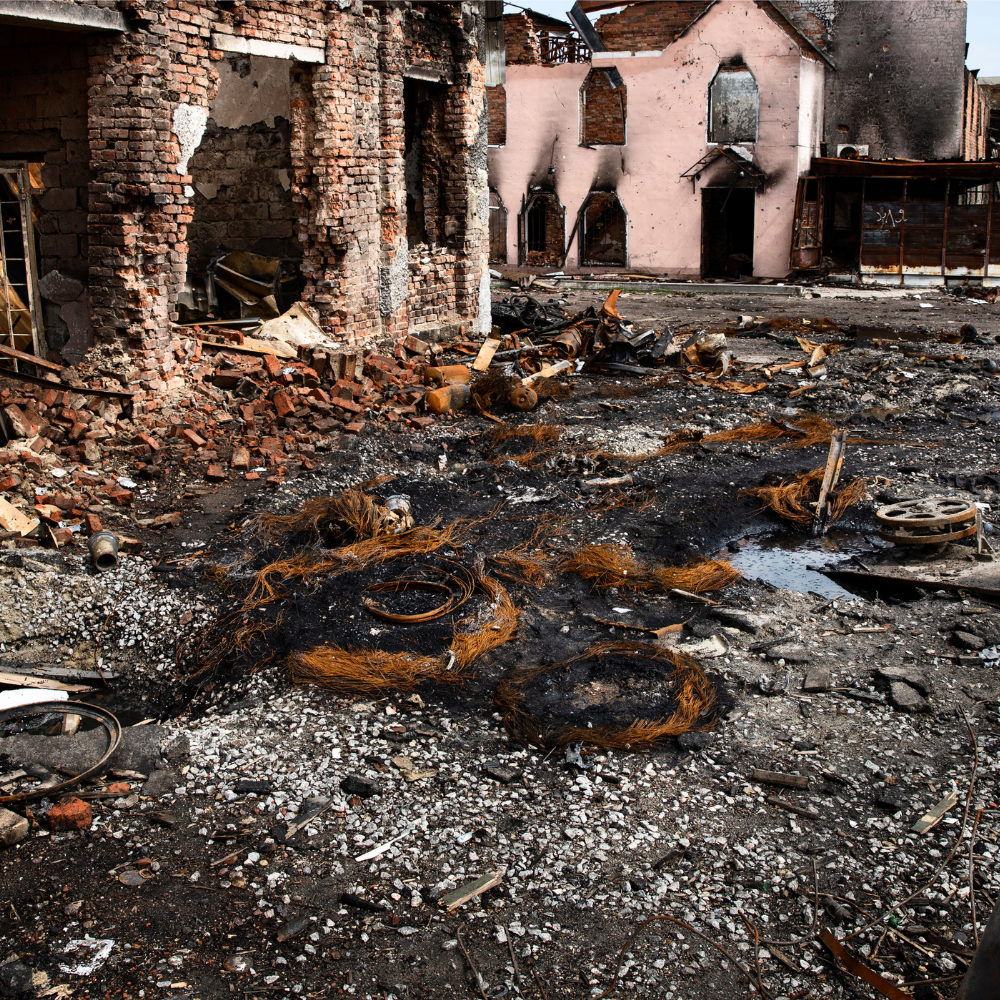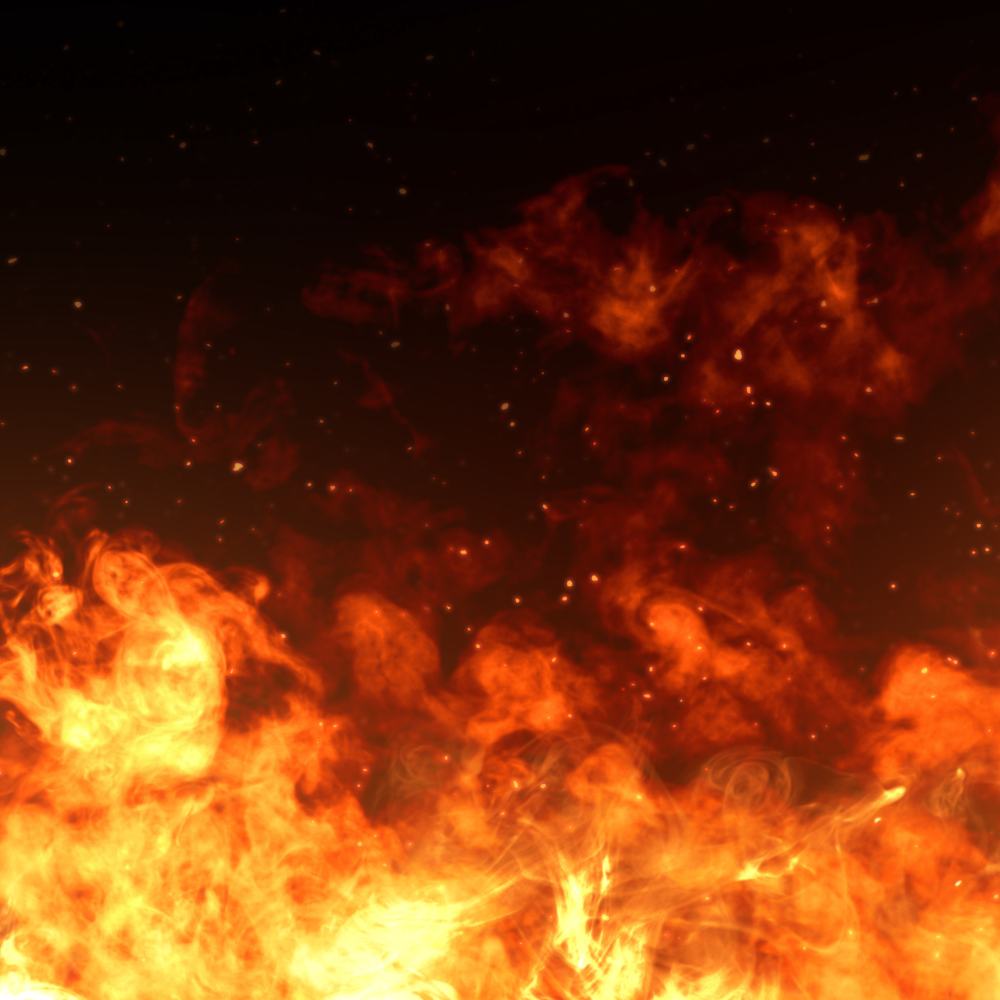
British structural and civil engineers have gone to Turkey to help check out the damage from last month's strong earthquake. They are getting geological information and doing detailed analyses to figure out why so many buildings fell down.
Working with their Turkish coworkers has shown them examples of bad building, like large pebbles mixed into concrete, which makes it less strong. However, some of the damage was also caused by how strong the quake was.
In some places, the ground moved so much that it was more than what buildings were made to handle. Turkey is also looking into the earthquake in a lot of detail.
The Earthquake Engineering Field Investigation Team is doing the research (EEFIT). The group is made up of experts from business and top academics. Over the last 30 years, they have done assessments of major earthquakes.
They will add their findings to the research being done by Turkish teams and other structural engineers. The goal is to learn from the earthquake and find ways to make buildings stronger and more resistant to damage. Professor Emily So, director of the Cambridge University Centre for Risk in the Built Environment, mentioned that it was important to look at the entire picture and not only the snapshot of a single asset or building.
He also mentioned that the successes of the building were still intact and performing well were just as important as the neighboring buildings that had collapsed. Having the disruption is key to what they can learn from this earthquake. On February 6, a 7.8-magnitude quake hit southern Turkey close to the border with Syria. It was followed by strong aftershocks.
Buildings that fell down killed more than 50,000 people in the area. In the wake of the destruction, building codes and building practises in Turkey have been closely looked at. Now, the EEFIT team is doing technical evaluations of the buildings in the area to see how well they work.
Some problems have already been found by the structural engineers from Turkey who are part of the team.
Samples of concrete from a building that fell down in Adiyaman show that it has stones that are 6 cm long. They came from a river nearby and were used to make the concrete thicker. The steel bars found inside the concrete that reinforce it, have been found to be smooth as opposed to ridged. This means that the concrete doesn't stick to them, which makes the structure even weaker.
During the earthquake, many old buildings in Turkey fell down, but some new buildings also did. After a big quake in Iznit in 1999, new building rules were put in place, and Prof. So says that newer buildings should have done better. The EEFIT team is also trying to figure out what caused the earthquake.
The expedition's co-leader, Dr. Yasemin Didem Aktas from UCL in London, said that the earthquake was very strong.
The United Nations has said that it could cost more than $100 billion to clean up and rebuild after the earthquake in Turkey. The EEFIT team says that the results, which will be released in the next few weeks, could help set new building codes that would prevent another earthquake from causing as much damage.



